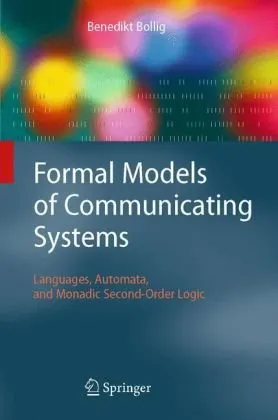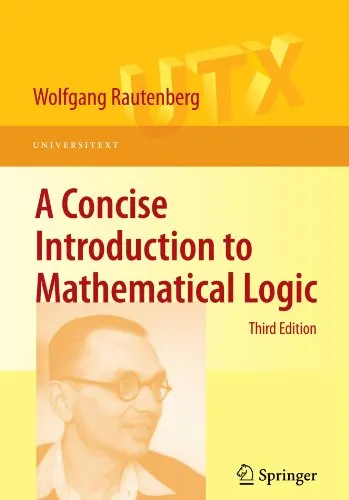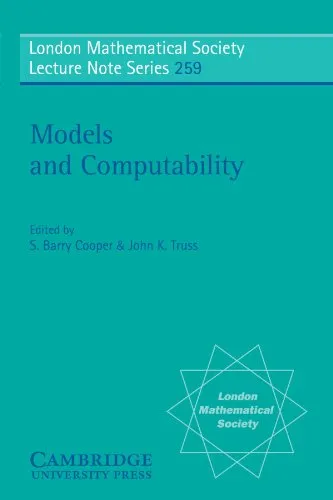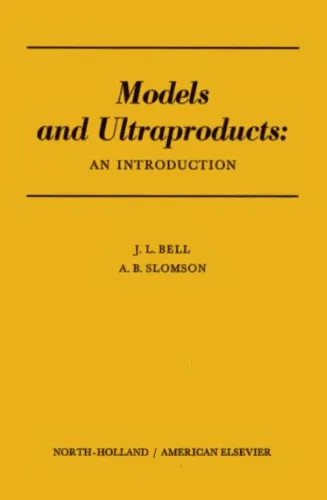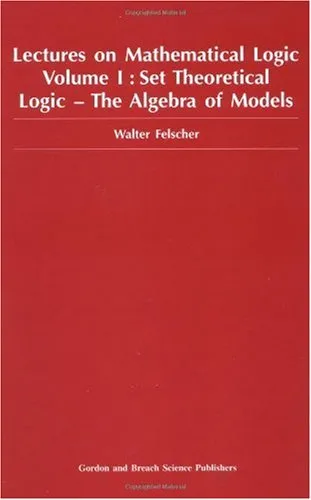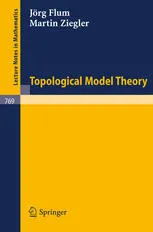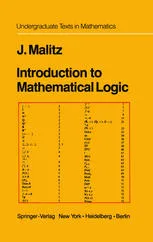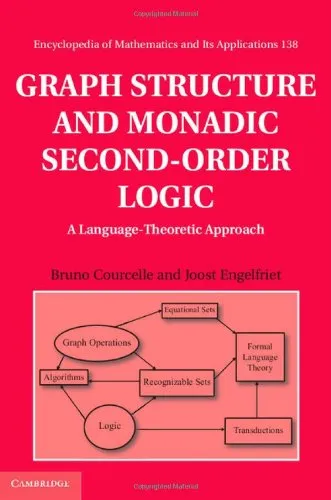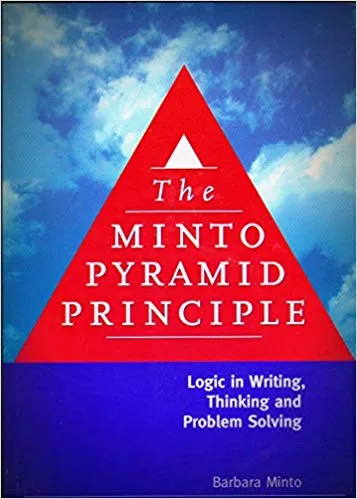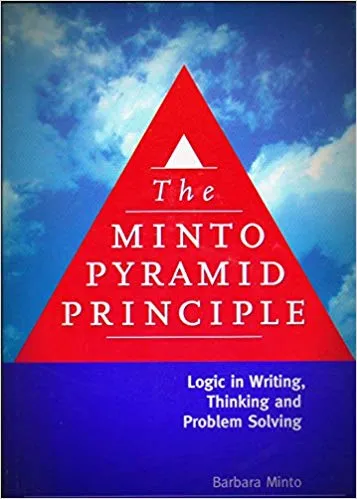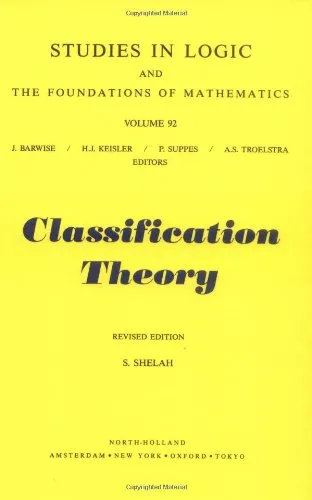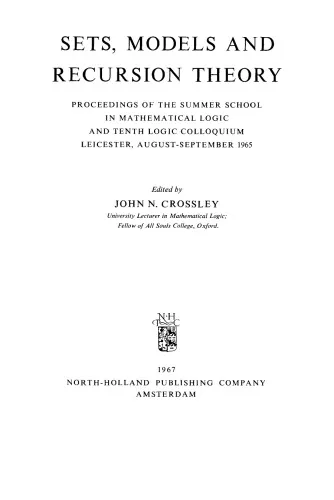Formal Models of Communicating Systems. Languages, Automata, and Monadic Second-order Logic
4.3
بر اساس نظر کاربران

شما میتونید سوالاتتون در باره کتاب رو از هوش مصنوعیش بعد از ورود بپرسید
هر دانلود یا پرسش از هوش مصنوعی 2 امتیاز لازم دارد، برای بدست آوردن امتیاز رایگان، به صفحه ی راهنمای امتیازات سر بزنید و یک سری کار ارزشمند انجام بدینکتاب های مرتبط:
معرفی جامع کتاب 'Formal Models of Communicating Systems. Languages, Automata, and Monadic Second-order Logic'
خلاصه کامل کتاب
کتاب 'Formal Models of Communicating Systems' به بررسی مدلهای رسمی برای سیستمهای ارتباطی میپردازد. این اثر به صورت جامع و دقیق به تحلیل زبانها، Automata و Monadic Second-order Logic میپردازد. هدف اصلی این کتاب ارائه یک نگاه علمی و اصولی به جنبههای نظری و عملی سیستمهای ارتباطی است تا خوانندگان بتوانند ابزارها و تکنیکهای تحلیل سیستمهای توزیعشده را کسب کنند.
نویسنده با بهرهگیری از روشهای نوین در علوم کامپیوتر و زبانهای صوری، به کاربران و پژوهشگران درک عمیقتری از فرایندهای ارتباطی و نمایش آنها را ارائه میدهد. در این کتاب، مفاهیم پایهای و پیشرفته درباره Automata و منطق Monadic Second-order به شیوهای نظاممند و قابل فهم توضیح داده شدهاند.
نکات کلیدی
- درک عمیق از ارتباط میان زبانها و Automata
- تحلیل Monadic Second-order Logic و کاربردهای آن در سیستمهای ارتباطی
- شناخت ابزارهای مدلسازی رسمی سیستمهای توزیعشده
- کاربردهای عملی و نظری در سیستمهای بزرگ و پیچیده
جملات معروف از کتاب
هر مدل رسمی که در این کتاب مطرح شده است، نه تنها بایستی از لحاظ نظری دقیق باشد بلکه در عمل نیز بایستی قابل پیادهسازی باشد.
Monadic Second-order Logic نه تنها یک ابزار قدرتمند برای توصیف است بلکه میتواند به عنوان راهنمای تصمیمگیری در سیستمهای پیچیده نیز مورد استفاده قرار گیرد.
چرا این کتاب مهم است
این کتاب به دلیل ارائه یک رویکرد جامع و منسجم به مدلهای رسمی سیستمهای ارتباطی از اهمیت خاصی برخوردار است. با توجه به پیچیدگی فزاینده سیستمهای توزیعشده و نیاز به روشهای تجزیه و تحلیل دقیقتر، این کتاب به عنوان یک منبع اولیه میتواند مبنای مفیدی برای پژوهشگران و مهندسان باشد.
نسخههای جدید و پیشرفته از مدلهای Automata و استفاده از Monadic Second-order Logic به خوانندگان امکان میدهد درک بیشتری از مفاهیم پیچیده سیستمهای ارتباطی پیدا کنند و این دانش را به صورت مؤثر در پروژههای واقعی به کار گیرند. این اثر به عنوان یک منبع آموزشی و مرجعی معتبر برای دانشگاهیان و متخصصان تلقی میشود.
Introduction
Welcome to the extensive world of "Formal Models of Communicating Systems: Languages, Automata, and Monadic Second-order Logic," a comprehensive guide authored by Benedikt Bollig.
Detailed Summary of the Book
This book delves into the intricate world of formal models that describe communicating systems—a cornerstone of theoretical computer science. The work articulates a comprehensive examination of languages and automata theory, exploring their interactions with formal systems. Additionally, it introduces the reader to monadic second-order logic (MSO), a compelling framework that plays a crucial role in defining properties and behaviors of these systems.
The content is carefully structured to offer readers a step-by-step journey, beginning with foundational notions such as basic automata and languages, and gradually progresses into more complex topics like the interplay between logic and automata. Bollig's book does not merely list theoretical concepts; it weaves them into a narrative that connects fundamental ideas with advanced applications, examining how these models operate within the realm of computation and communication.
With a disciplined blend of theory and application, the book covers essential topics including finite automata, context-free languages, and various forms of logics that cast a different light on verification and descriptive complexity. The exposition is clear and systematic, making it an essential resource for students, researchers, and practitioners interested in the theoretical underpinnings and practical implications of communication systems.
Key Takeaways
- Foundational Understanding: Gain a deep understanding of foundational concepts in automata theory and formal language.
- Integration with Logic: Explore the interaction between automata and logic, particularly monadic second-order logic, and its application in system verification.
- Application to Communicating Systems: Learn how these formal models apply to complex communicating systems, providing insights into both academic and real-world contexts.
- Research Insights: Discover essential research directions and open problems in the domain of formal models and logic.
Famous Quotes from the Book
"Understanding the deep relationship between automata and logic is the key to unlocking the potential of communicating systems."
"The beauty of computation lies in its ability to model complexities with a simple set of formal rules."
Why This Book Matters
The relevance of "Formal Models of Communicating Systems" extends beyond its academic rigor in explaining complex theoretical concepts. It serves as a bridge between basic theoretical foundations and their application in modern technological problems. As computing systems become ever more complex and interconnected, the need for robust models to ensure their reliable operation is critical.
This book equips readers with the ability to conceptualize challenging problems through a theoretical lens, offering pathways to develop solutions in system verification, security protocols, and more. It's not just a textbook; it's a roadmap that highlights how formal methods can be leveraged to meet the challenging demands of today's technology-driven world.
Bollig provides not only an educational voyage into formal systems but also inspires future research and exploration by identifying areas ripe for development. Encompassing a blend of clarity, depth, and broad view, this book is a cornerstone for anyone passionate about the mechanics and theory behind the seamless operation of communicating systems.
دانلود رایگان مستقیم
شما میتونید سوالاتتون در باره کتاب رو از هوش مصنوعیش بعد از ورود بپرسید
دسترسی به کتابها از طریق پلتفرمهای قانونی و کتابخانههای عمومی نه تنها از حقوق نویسندگان و ناشران حمایت میکند، بلکه به پایداری فرهنگ کتابخوانی نیز کمک میرساند. پیش از دانلود، لحظهای به بررسی این گزینهها فکر کنید.
این کتاب رو در پلتفرم های دیگه ببینید
WorldCat به شما کمک میکنه تا کتاب ها رو در کتابخانه های سراسر دنیا پیدا کنید
امتیازها، نظرات تخصصی و صحبت ها درباره کتاب را در Goodreads ببینید
کتابهای کمیاب یا دست دوم را در AbeBooks پیدا کنید و بخرید
1370
بازدید4.3
امتیاز0
نظر98%
رضایتنظرات:
4.3
بر اساس 0 نظر کاربران
Questions & Answers
Ask questions about this book or help others by answering
No questions yet. Be the first to ask!
